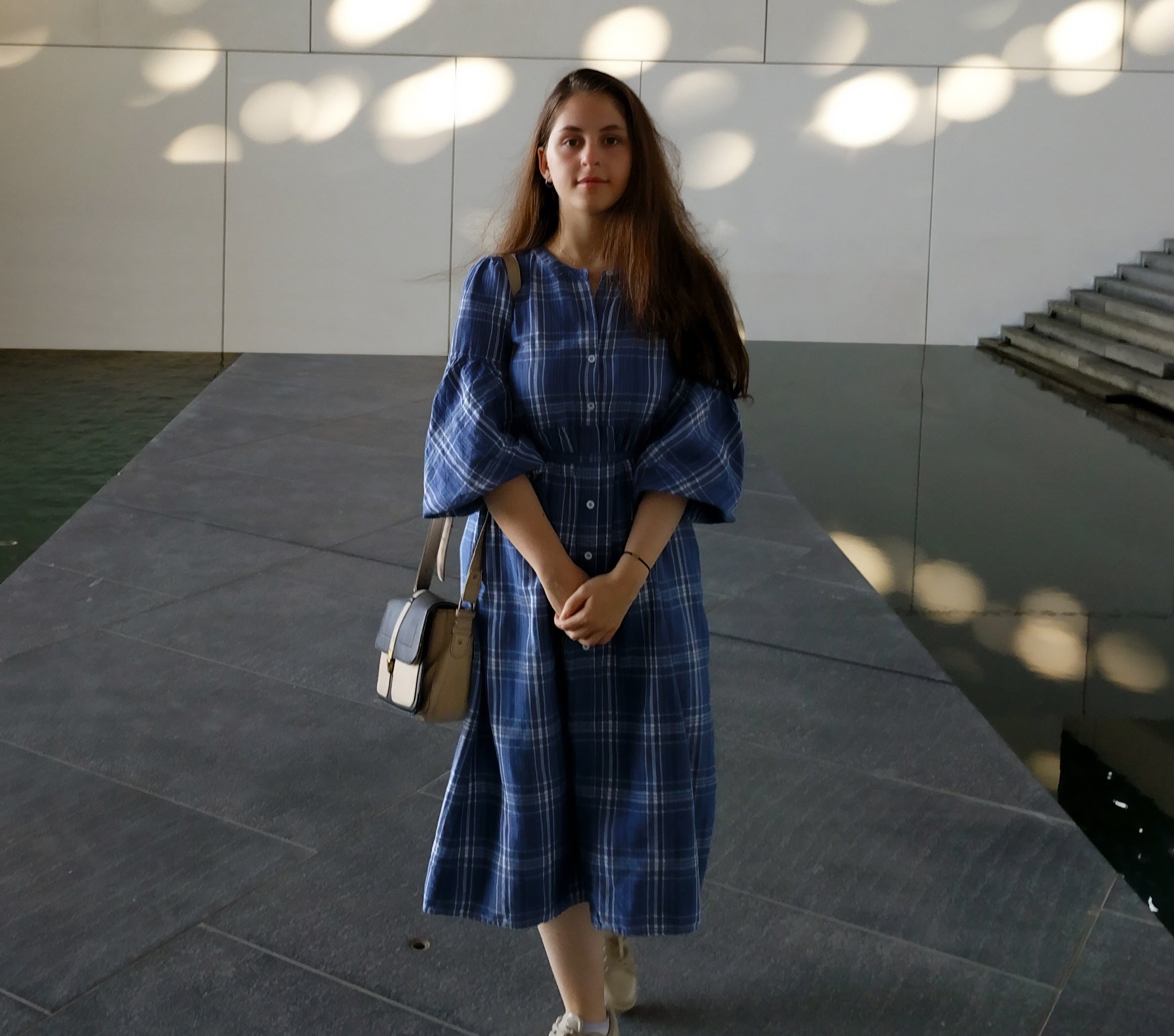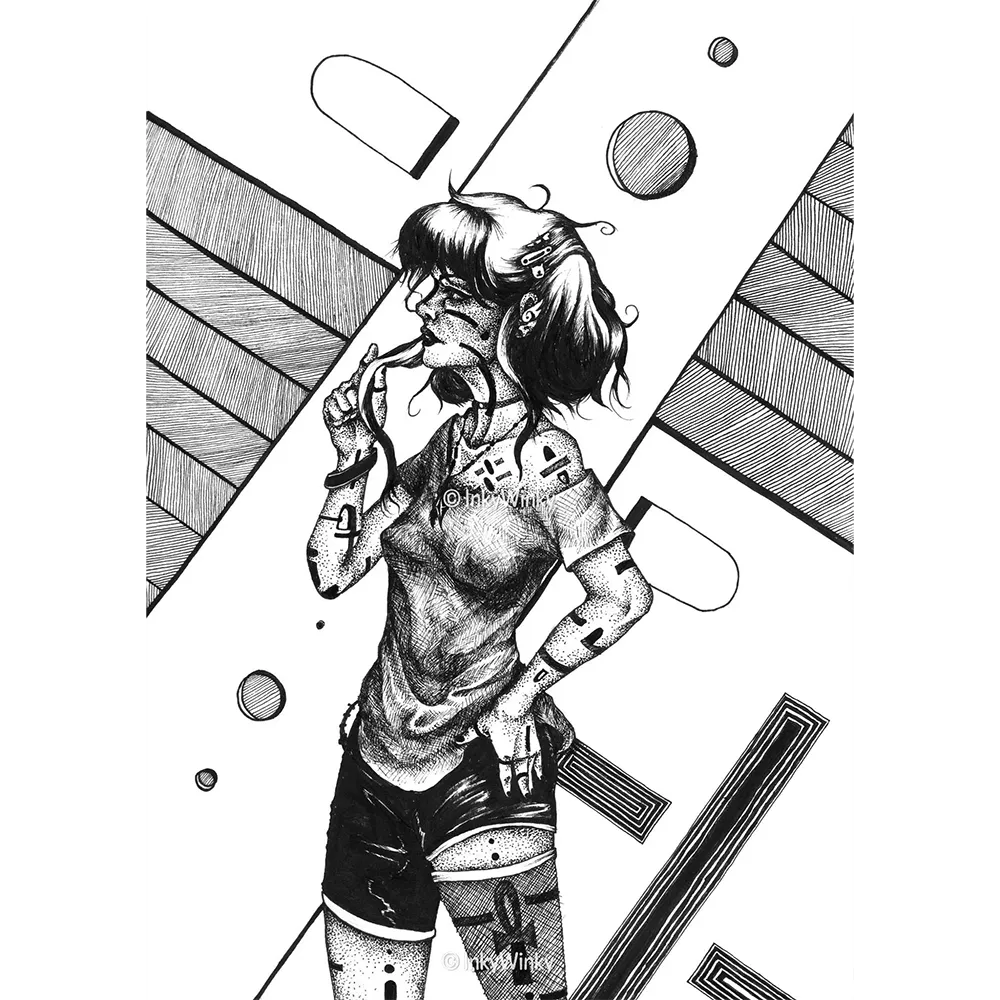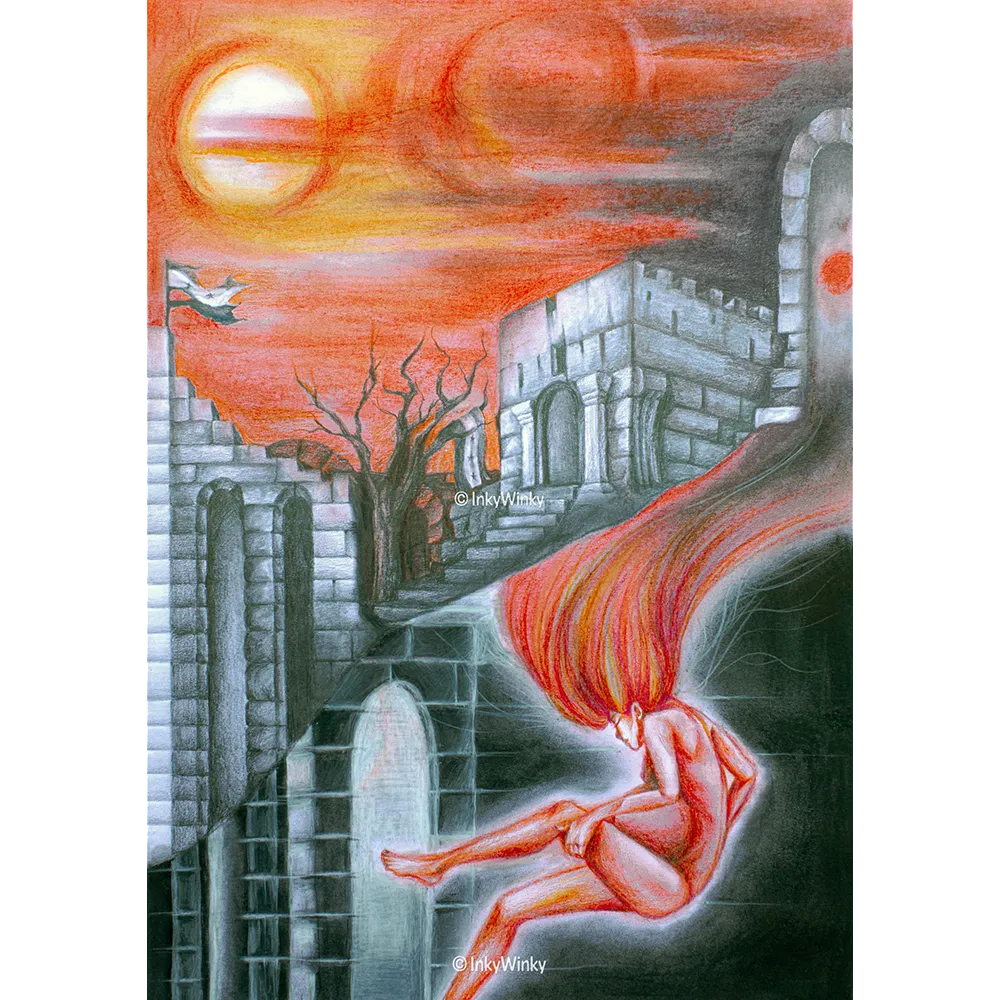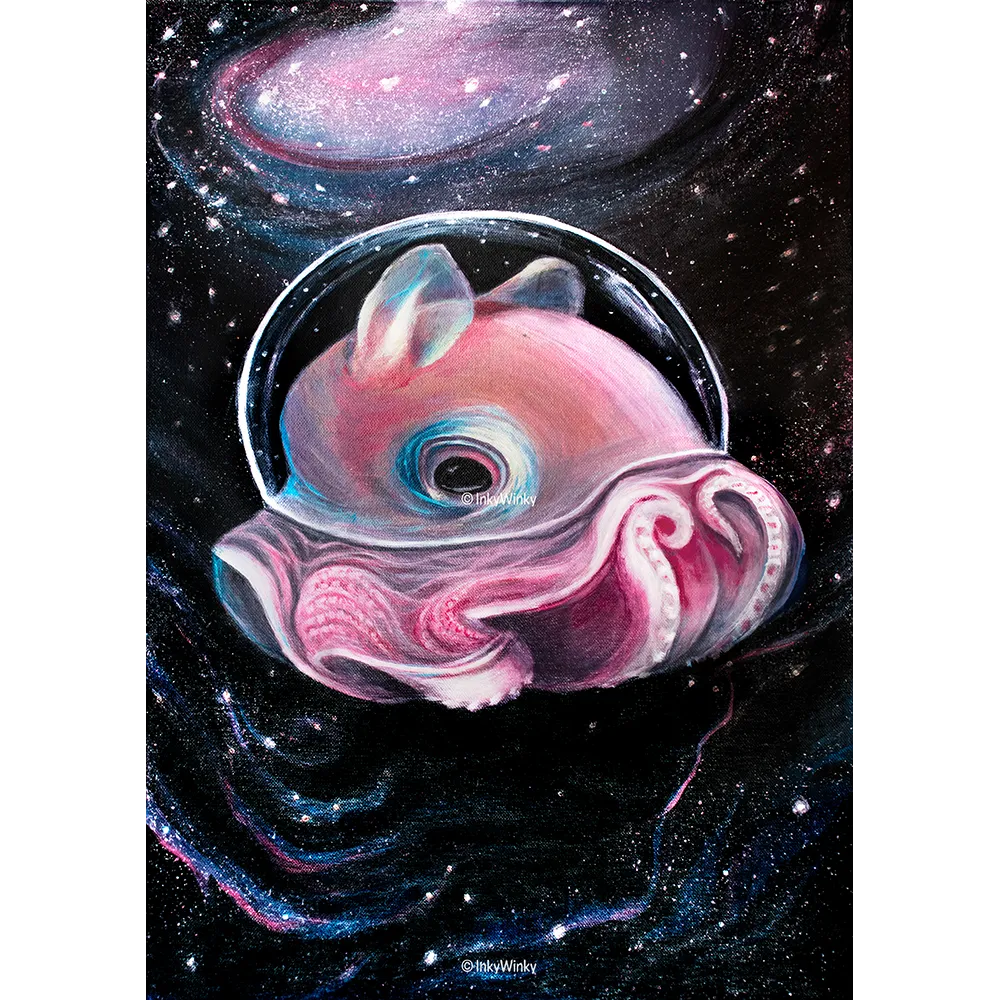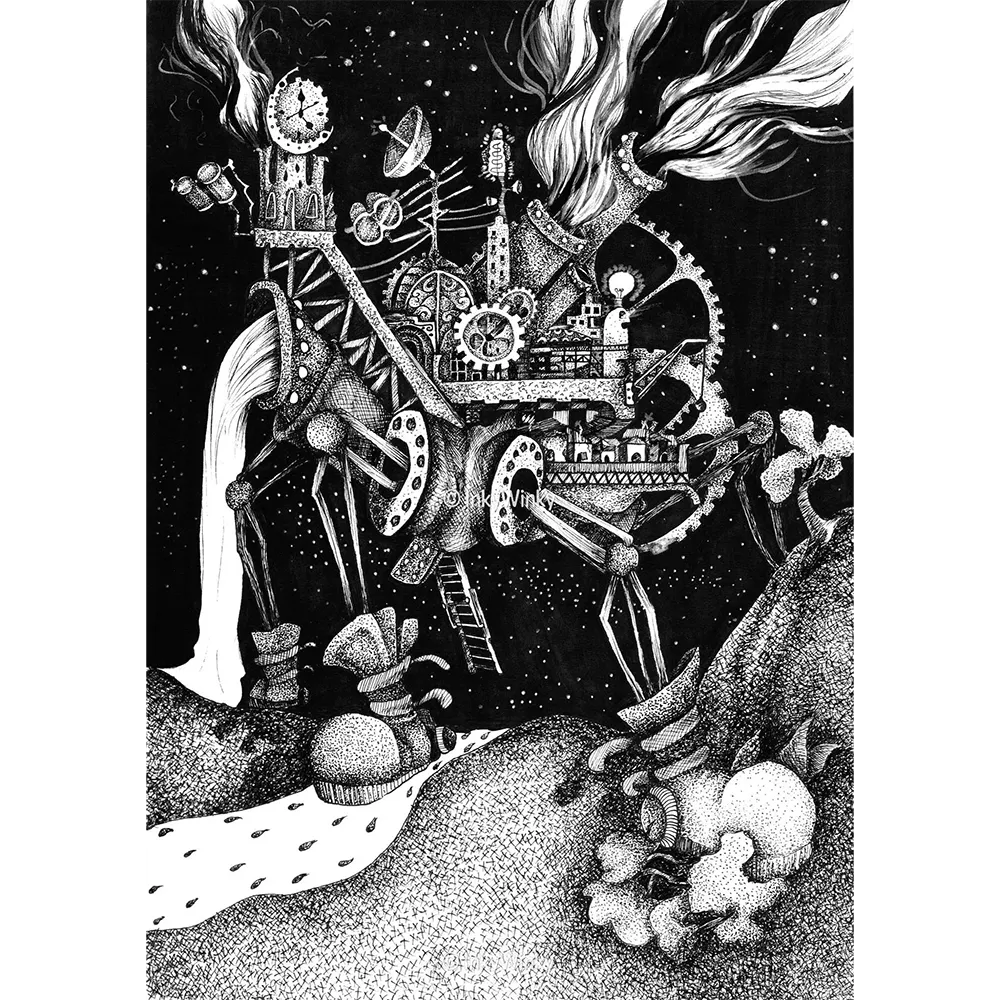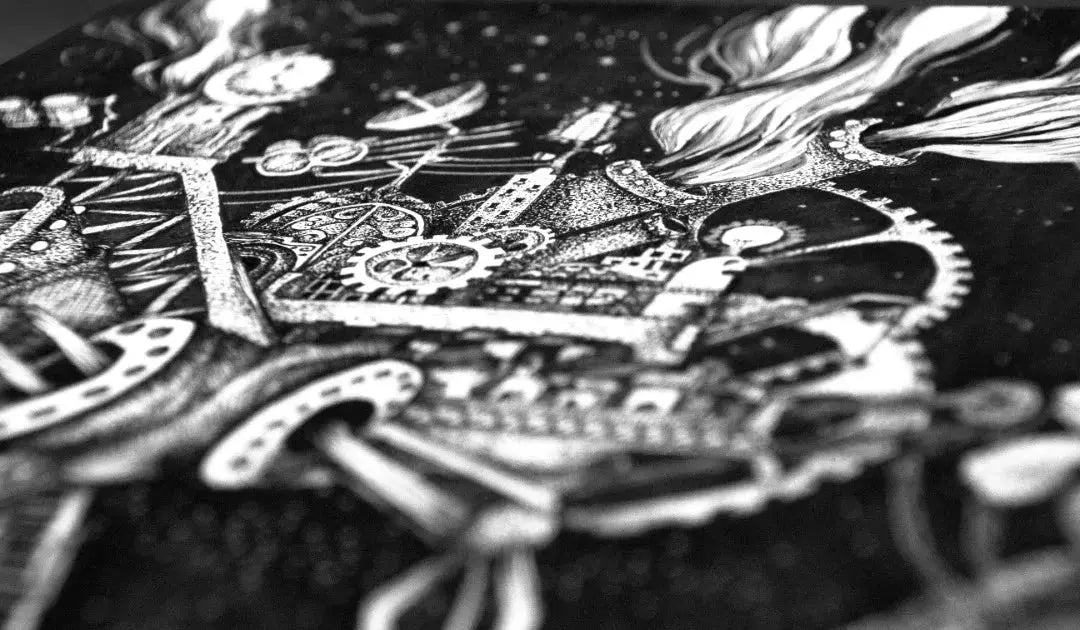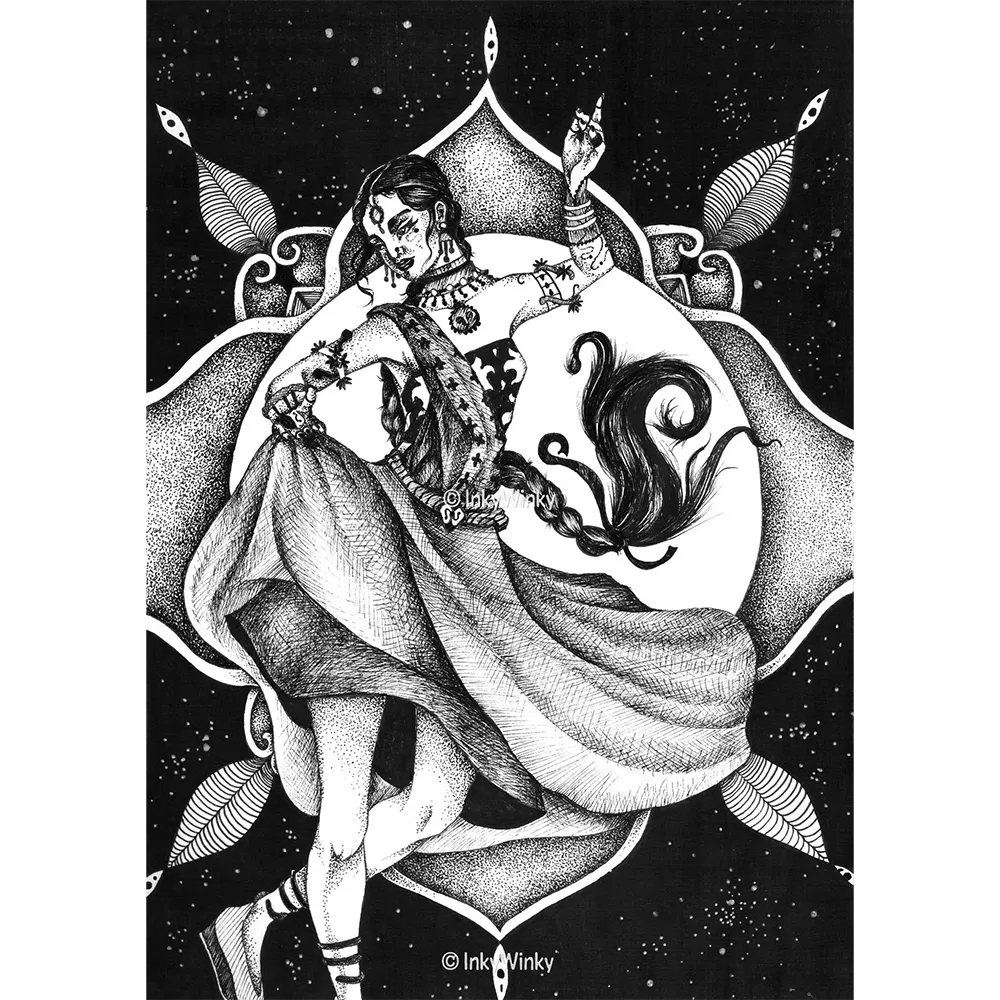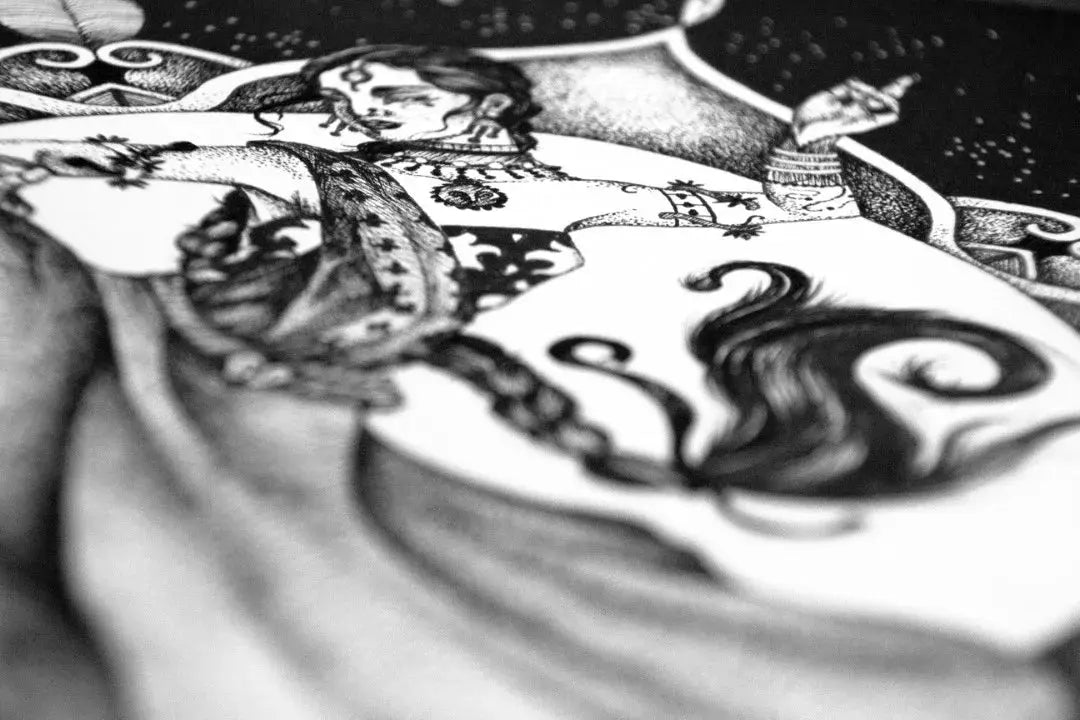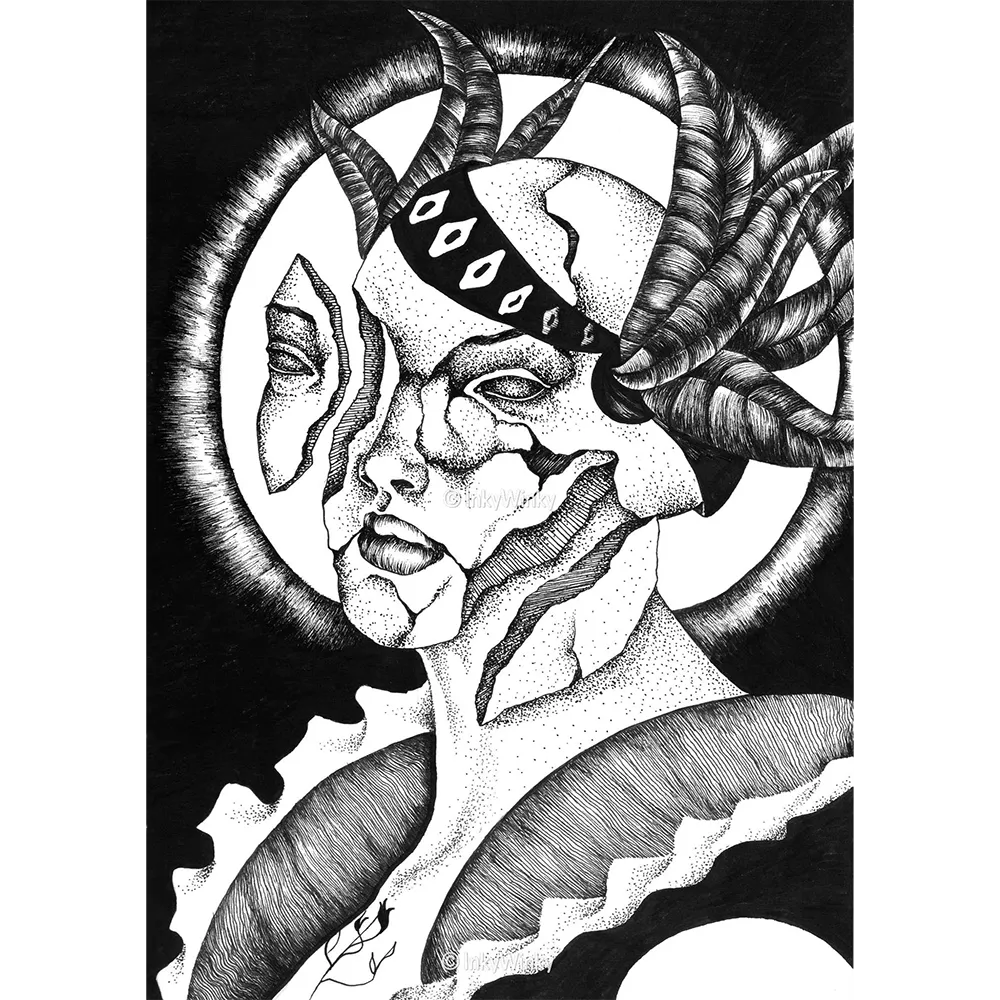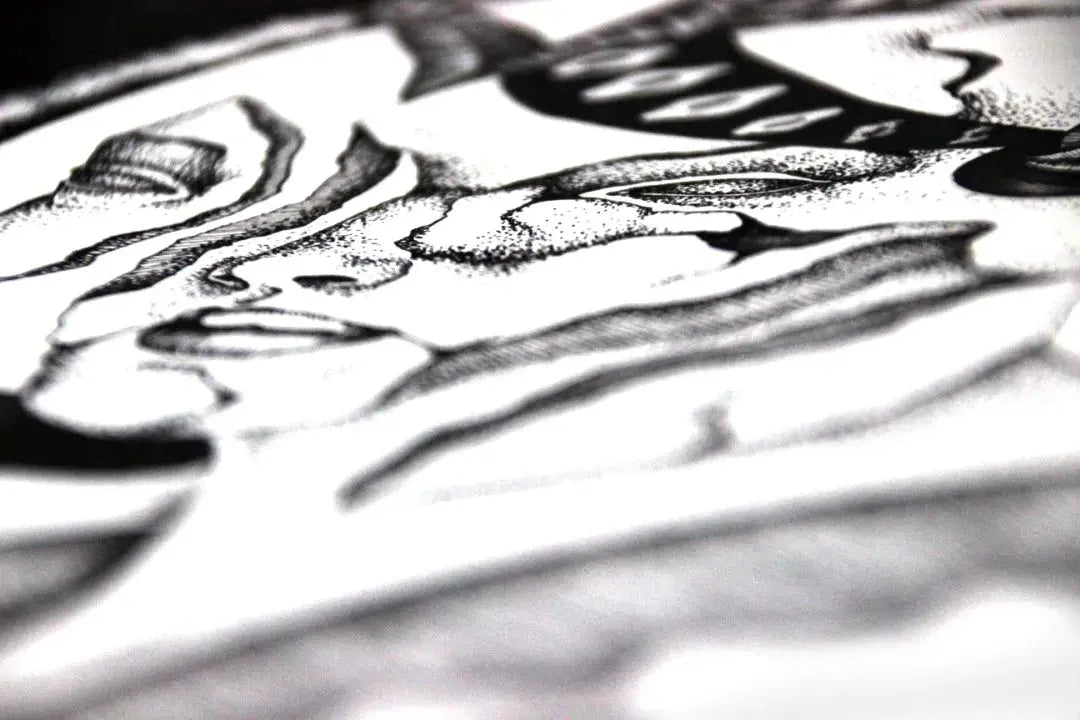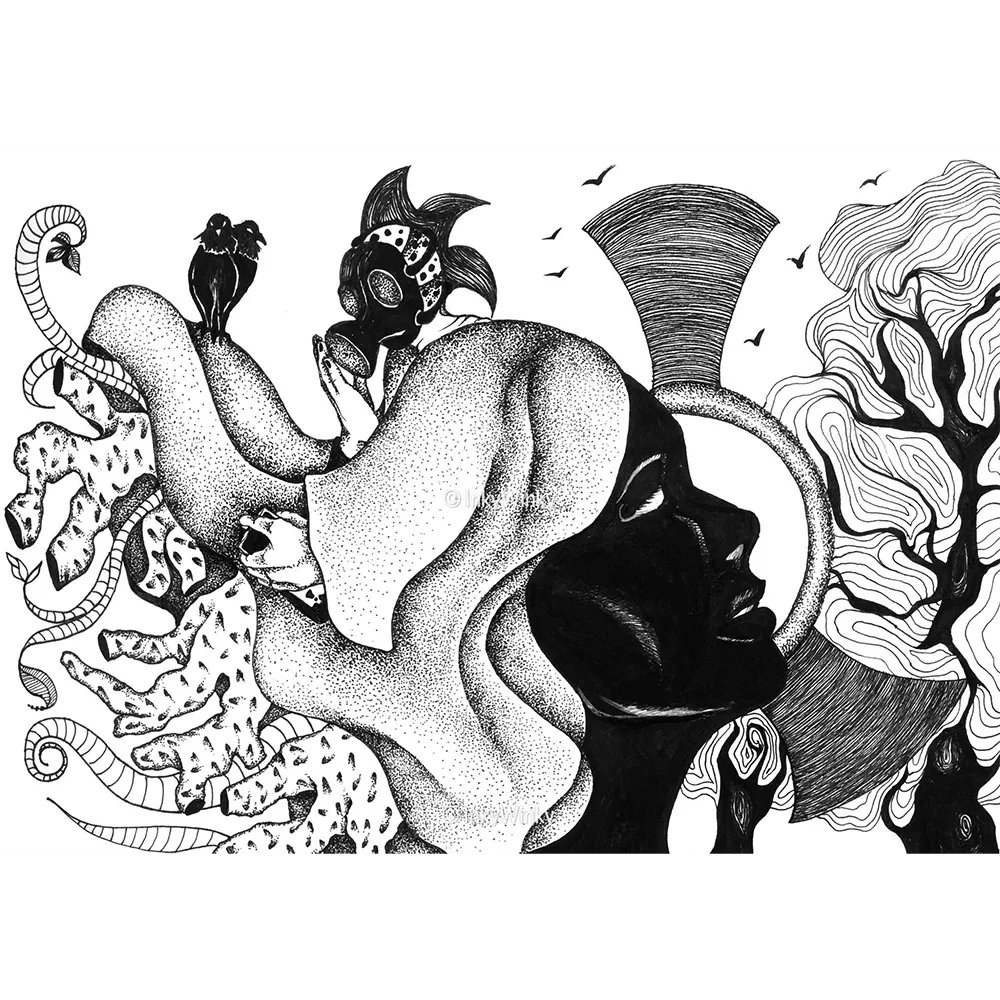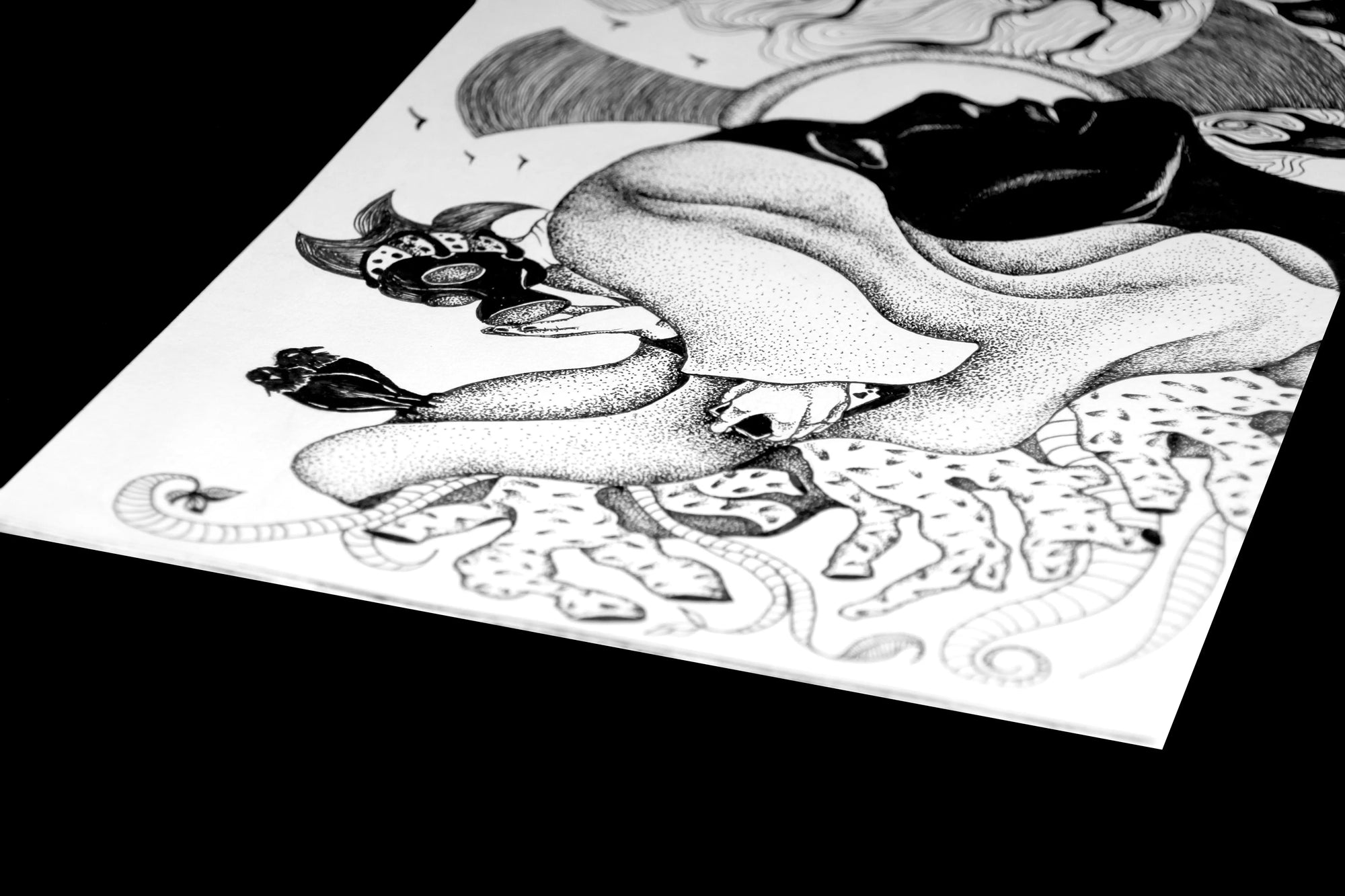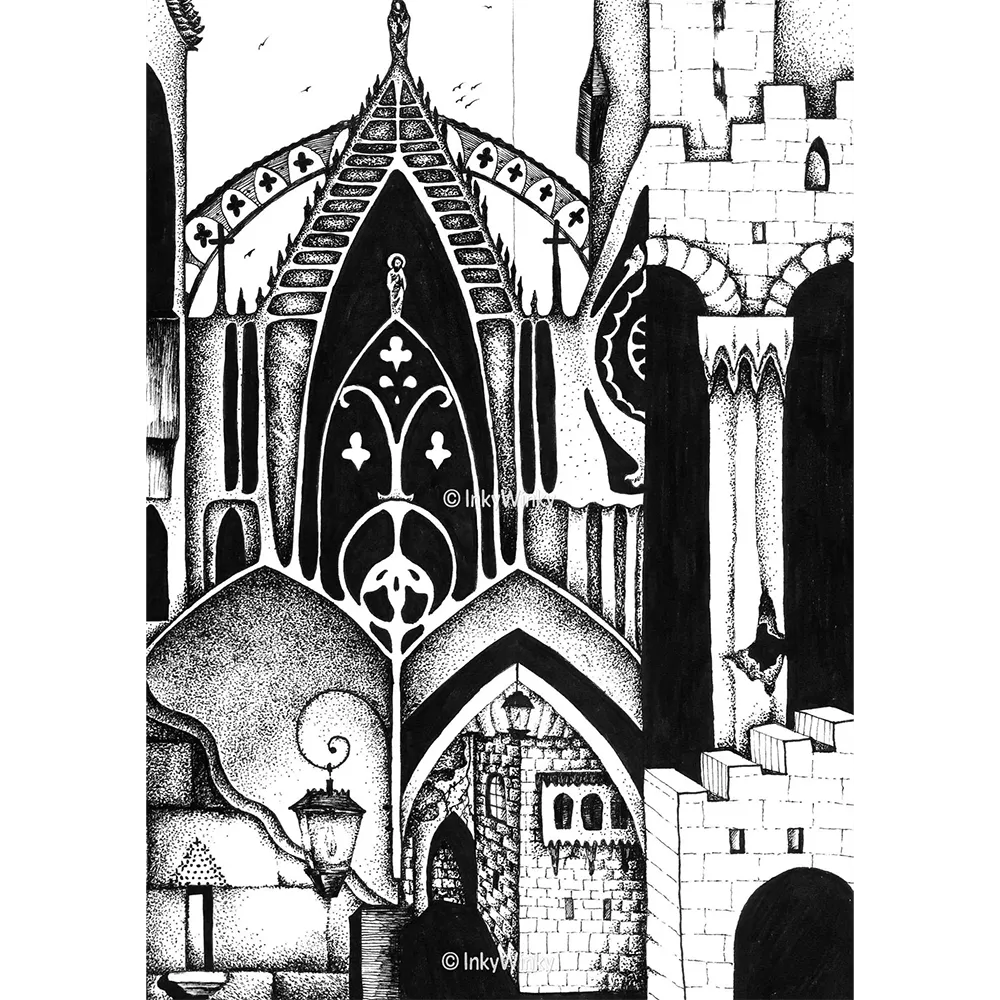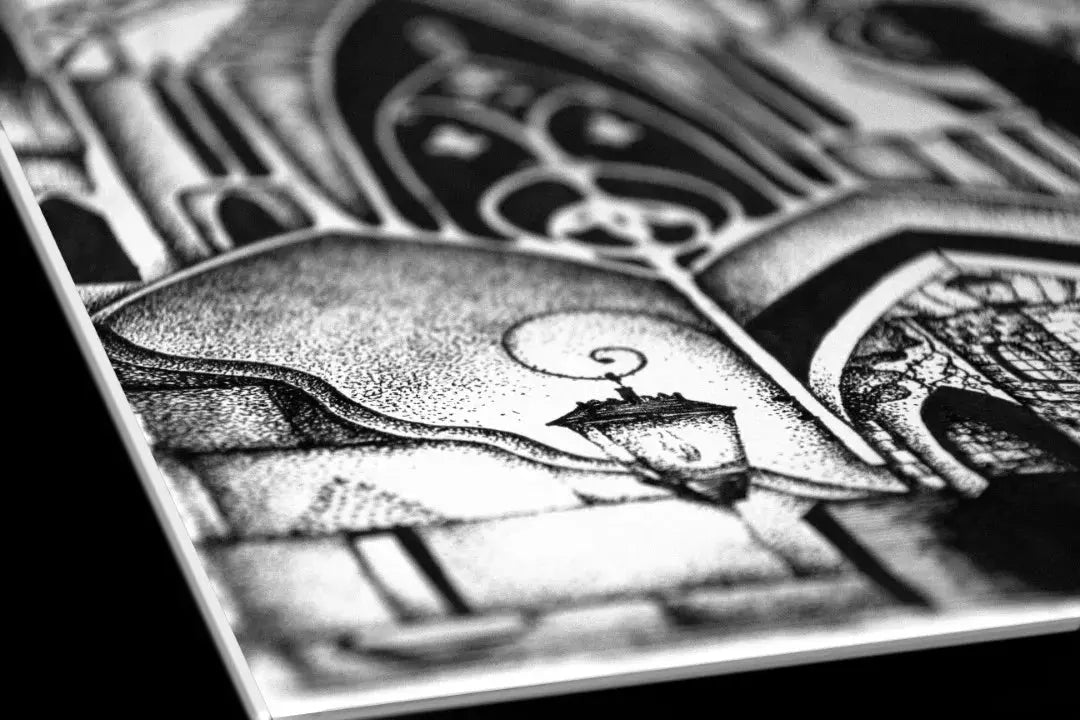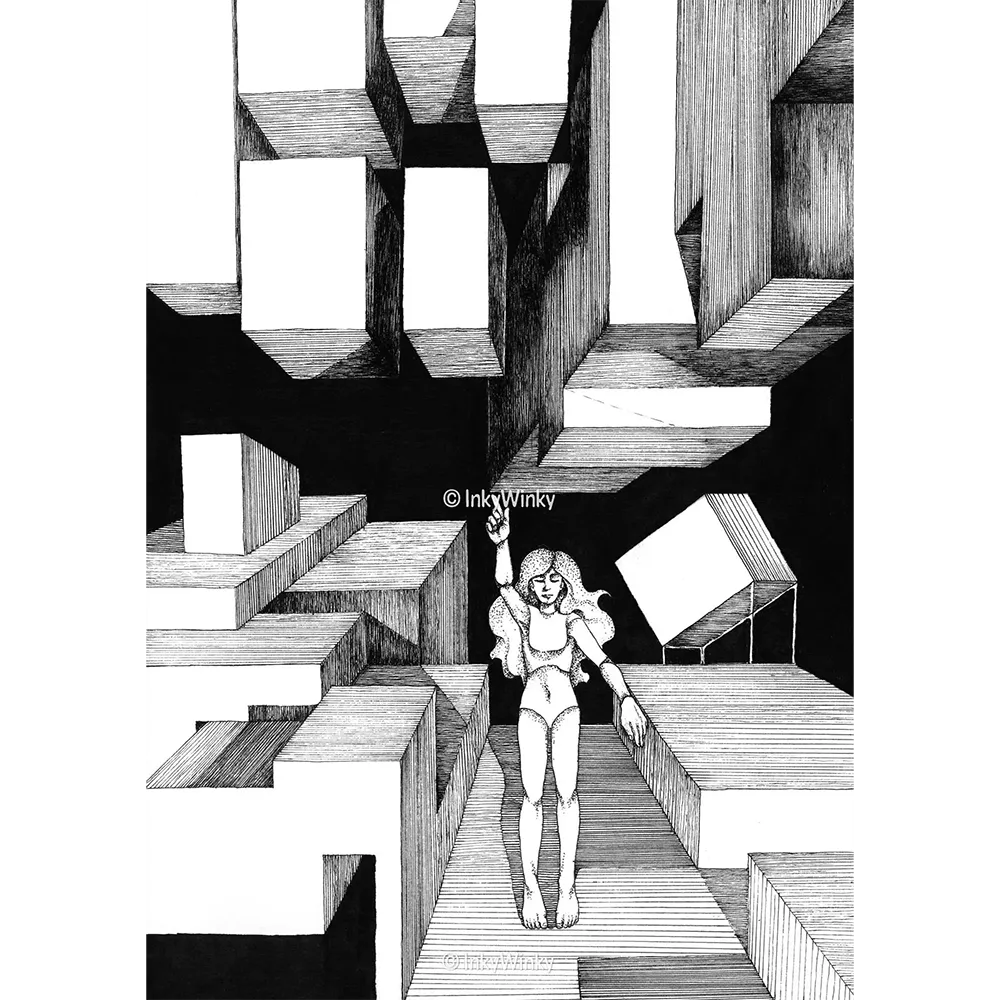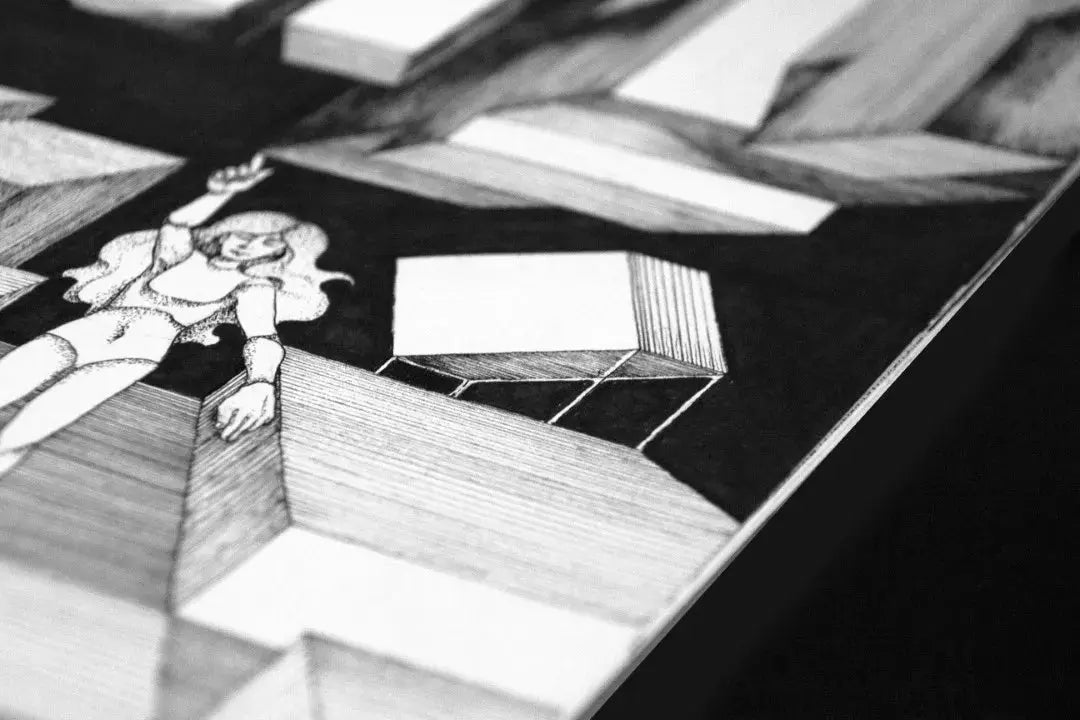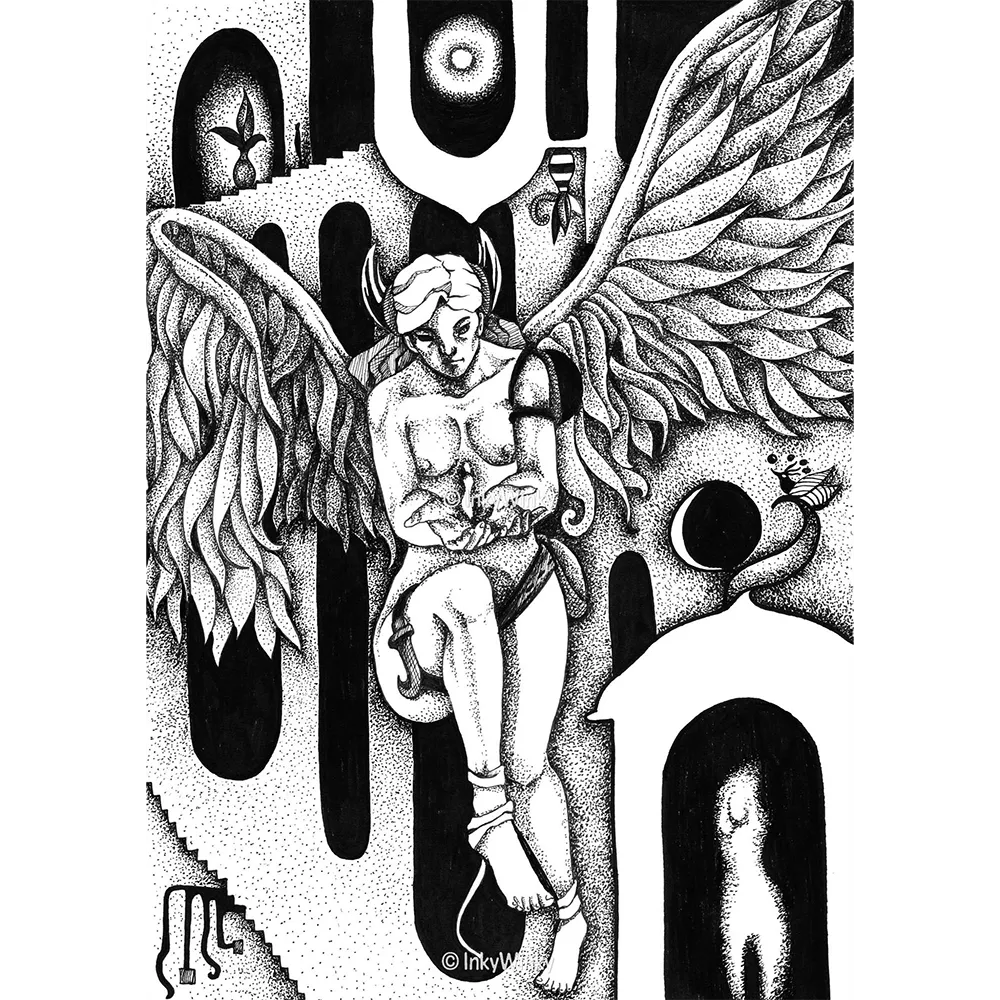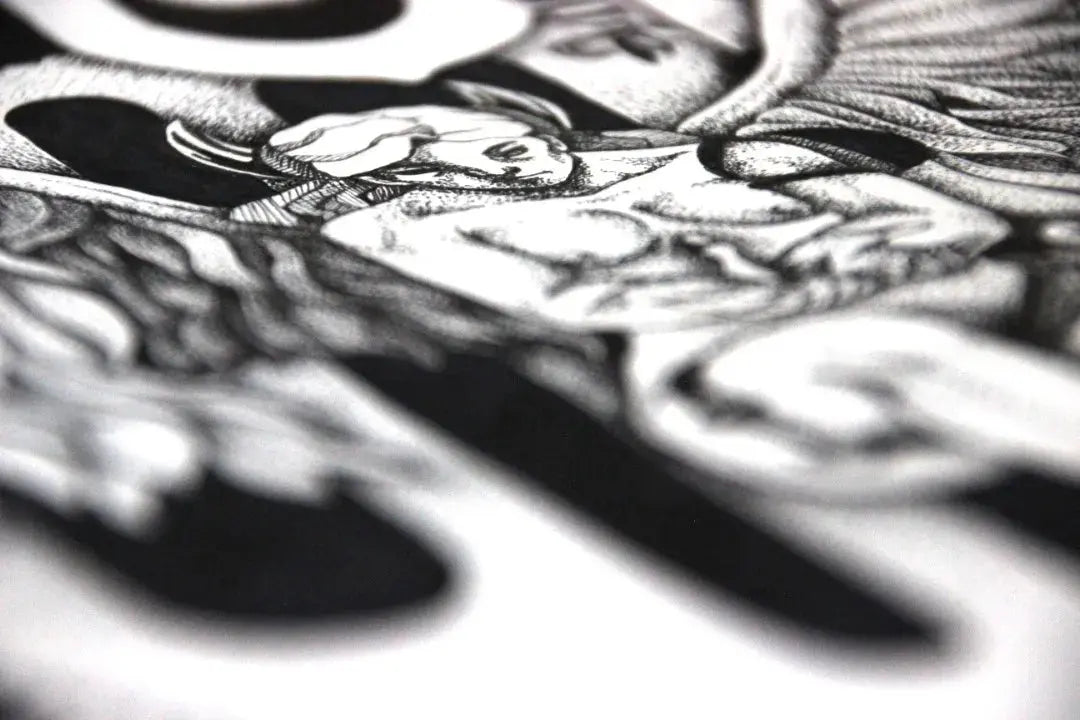What are the themes of Abstract Art?
Abstract art is characterized by its diverse range of themes, often transcending the literal and allowing for multiple interpretations. Some common themes in abstract art include:
- Emotion: Many abstract artists aim to convey and evoke emotions without relying on recognizable subjects. The use of color, form, and composition becomes a language for expressing feelings and moods.
- Nature and the Cosmos: Abstract art frequently draws inspiration from natural elements, celestial bodies, and landscapes. Artists may distill these subjects into non-representational forms or use them as a starting point for abstraction.
- Geometry and Structure: Geometric shapes and structures often play a significant role in abstract art, symbolizing order, balance, or the underlying patterns of the universe.
- Spirituality and Transcendence: Some abstract artists explore themes of spirituality, transcendence, and the ineffable. The use of abstraction can convey a sense of the divine or the sublime.
- Identity and Expression: Abstract art can be a powerful tool for exploring personal and cultural identity. Artists may use abstraction to express aspects of themselves or their experiences.
- Social and Political Commentary: Certain abstract artists use their work to comment on social or political issues. While the imagery may not be explicit, the abstraction can convey a sense of unrest, harmony, or discord.
These themes highlight the richness and complexity of abstract art, allowing artists to engage with a wide range of ideas and concepts beyond the constraints of representation.
Where did abstract art come from?
Abstract art has roots in the early 20th century, with several movements contributing to its development. Key milestones include:
- Cubism (Early 20th Century): Artists like Pablo Picasso and Georges Braque began to deconstruct and fragment objects, laying the groundwork for a departure from representational art.
- Wassily Kandinsky and the Birth of Abstraction (1910s): Kandinsky, a Russian artist, is often credited with creating one of the first purely abstract paintings. His focus on color, form, and the spiritual in art paved the way for future abstract artists.
- Dada and Surrealism (1910s-1920s): The Dada movement, followed by Surrealism, embraced unconventional approaches and tapped into the subconscious. These movements challenged traditional artistic norms and contributed to the rise of abstraction.
- Abstract Expressionism (1940s-1950s): Emerging in post-World War II America, Abstract Expressionism, with artists like Jackson Pollock and Willem de Kooning, emphasized spontaneous and gestural techniques, elevating the process of creation itself.
The evolution of abstract art reflects a desire among artists to push boundaries, experiment with new forms of expression, and move beyond the confines of representational art.
What is the common subject material of Abstract Artists?
The subject material in abstract art is diverse and often relies on non-representational forms. Instead of depicting specific objects or scenes, abstract artists focus on the following:
- Emotions and Feelings: Abstract artists frequently explore the realm of emotions, using color, form, and composition to convey a range of feelings without relying on recognizable subjects.
- Nature and the Elements: Many abstract artists draw inspiration from the natural world, distilling elements such as landscapes, weather, or organic forms into abstract compositions.
- Geometry and Shapes: Geometric shapes and structures serve as common subject material in abstract art, emphasizing order, balance, and the inherent beauty of mathematical forms.
- Personal and Cultural Identity: Abstract artists may use their work to explore aspects of personal identity, cultural heritage, or shared experiences, expressing these themes through non-representational means.
- Social and Political Commentary: Some abstract artists engage with social or political themes, using abstraction to convey a sense of tension, harmony, or reflection on societal issues.
The absence of a specific subject allows abstract artists the freedom to communicate in a universal language that invites viewers to interpret and connect with the artwork on a personal level.
Why does abstract art matter?
Abstract art holds significant cultural, artistic, and personal importance for several reasons:
- Freedom of Interpretation: Abstract art allows for a broad range of interpretations, providing viewers with the freedom to engage with the artwork on a personal and subjective level.
- Expression of Emotion: By prioritizing form, color, and composition, abstract art provides a powerful means for artists to convey and evoke emotions, transcending the limitations of literal representation.
- Innovation and Experimentation: Abstract art has been a driving force for artistic innovation and experimentation. It encourages artists to explore new techniques, materials, and ideas, pushing the boundaries of traditional artistic norms.
- Reflection of Cultural Evolution: The evolution of abstract art reflects shifts in cultural and societal perspectives. It serves as a visual record of the changing attitudes, beliefs, and values of different eras.
- Universal Communication: Abstract art communicates on a universal level, transcending language and cultural barriers. It fosters a shared experience among diverse audiences, promoting dialogue and understanding.
In essence, abstract art matters because it expands the possibilities of artistic expression, challenges conventional norms, and invites individuals to explore the depths of their own perceptions and emotions.



